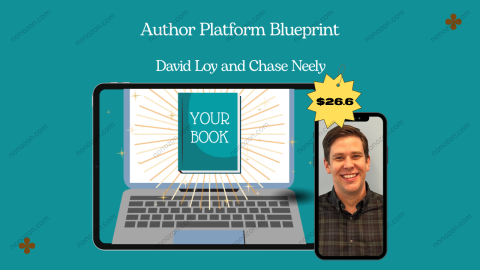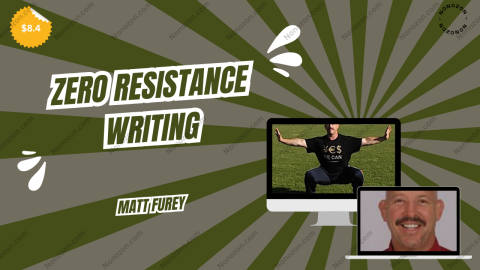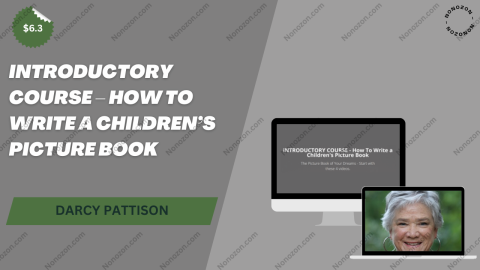How to Successfully Write and Publish Children’s Books
by Author
How to Successfully Write and Publish Children’s Books
Check proof of content here:

Writing and publishing children's books is an engaging endeavor that allows aspiring authors to not only express creativity but also to influence young minds. Whether you are a seasoned writer or just starting, the landscape of children's literature in 2025 is rich with opportunities. As the industry evolves, authors must adapt their craft to align with current trends, audience expectations, and effective publishing practices. From tailoring stories for specific age groups to understanding the nuances of manuscript submissions, this guide will provide you with essential insights into creating captivating children's literature.
Understanding Your Target Audience
The cornerstone of successful children's book creation is a deep understanding of your target audience. Children’s books are not one-size-fits-all; they should be tailored to specific age groups. For instance, if you are writing for children aged 4-8, your storytelling should encompass clear morals, humor, and relatable characters. Picture books, popular in this age range, typically range from 24 to 32 pages, necessitating concise storytelling. Authors are encouraged to keep their manuscripts under 400 words to maintain engagement. Conversely, for readers aged 8-12, narratives can be more intricate, exploring emotional depth and complex themes. This age group tends to appreciate stories that involve adventure, friendships, and personal growth. Understanding these preferences will help you craft a narrative that not only entertains but also connects with young readers on a personal level, making them feel seen and understood.
Key Considerations:
Age-Appropriate Content: Ensure the language, themes, and illustrations resonate with the intended age group.
Engagement Techniques: Use humor or relatable characters that children can identify with.
Being mindful of these elements will facilitate a stronger connection between your book and its audience, leading to higher engagement and satisfaction.
Crafting Your Manuscript
Creating a manuscript for children’s books involves more than just writing; it demands clarity, creativity, and engagement. As you outline your narrative, make every word count. With the constraints of children's literature, each page should serve a purpose, advancing the plot or enhancing the reader's understanding of the characters. Read your manuscript aloud; this not only aids in checking the flow and rhythm but can also uncover areas that may need refining. In your storytelling, consider including constructive illustration notes. While you want to guide the illustrator, it’s important to allow room for creativity. Instead of detailing every visual, focus on conveying emotions and actions. This approach can lead to a more dynamic and collaborative process between author and illustrator, enriching the final product.
Tips for Manuscript Development:
Conciseness is Key: Aim for a clear narrative with a defined moral or lesson.
Edit Ruthlessly: Each word should enhance the story; avoid filler elements.
Note Illustrations Effectively: Guide but do not constrain the illustrator; they should feel free to interpret the story visually.
Current Trends in Children’s Publishing
In 2025, children's publishing is more vibrant and diverse than ever before. Modern takes on classic tales are increasingly popular, allowing authors to put fresh spins on stories that have stood the test of time. These retellings often reflect contemporary values, such as inclusivity and acceptance qualities that resonate deeply with today's young readers. For example, integrating diverse characters into beloved narratives not only revitalizes the story but also helps foster a sense of belonging among children from different backgrounds.
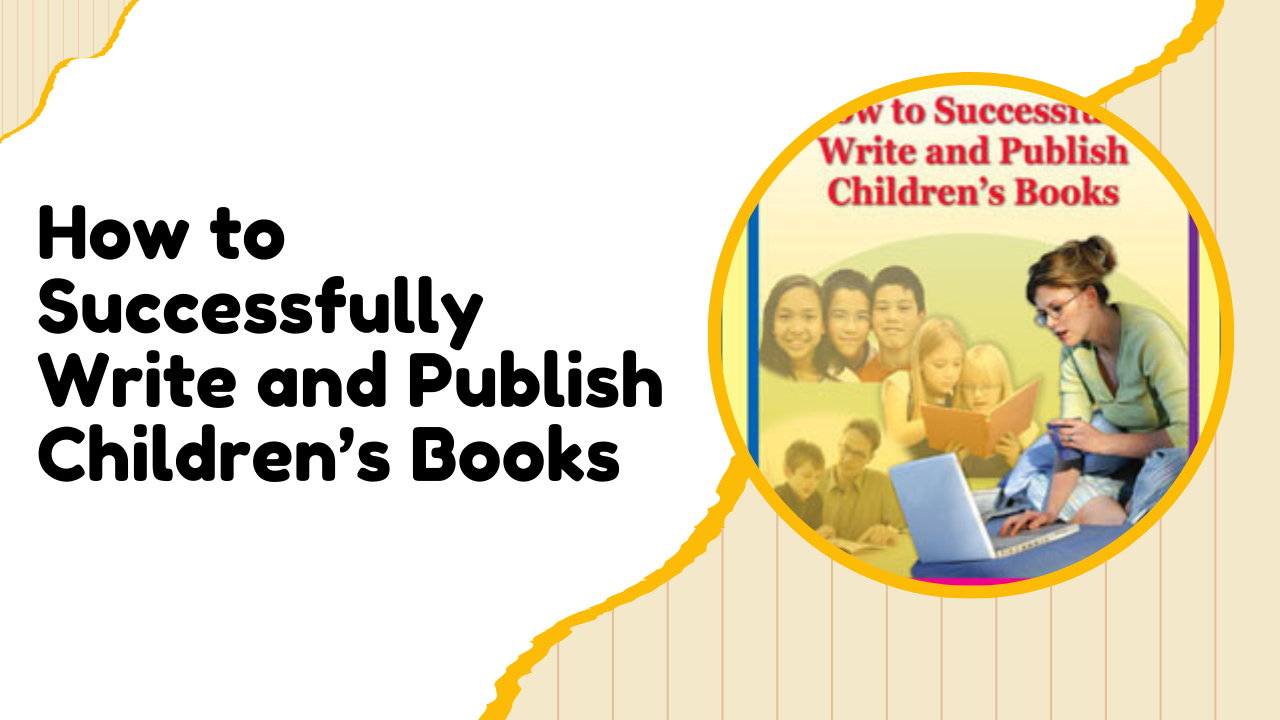
Rising Themes in Children's Literature:
Eco-Conscious Stories: Today’s young readers are more aware of environmental issues than ever. Books that touch on sustainability, conservation, and the beauty of nature can captivate both children and parents alike.
Diversity in Characters and Narratives: Stories that include varied family structures and cultural backgrounds are in high demand. Such authentic representation allows children to see themselves in literature, contributing to their understanding and empathy.
Mental Health Awareness: Narratives that address mental health issues and social-emotional learning are invaluable for helping children navigate their feelings and develop resilience.
By aligning your writing with these trends, you position yourself favorably within the children's literature market, making your work more likely to catch the eye of publishers.
The Submission Process
Once you have a polished manuscript, the next step is navigating the submission process to publishers. This part of the journey is pivotal to getting your book into the hands of readers. Begin by researching potential publishers thoroughly; understanding their themes, target audiences, and recent titles can help ensure your work aligns with their catalog.
Essential Components of a Submission Package:
Synopsis: A clear and engaging summary of your book, highlighting its key themes and characters.
Educational Outcomes: A section that illustrates what readers can learn or gain from your book.
Market Comparison: Information on similar titles, showcasing how your book fills a niche or offers something unique.
Presentation is crucial. Adhering to submission guidelines shows professionalism and increases your chances of being considered. Many publishers have strict requirements regarding format and content, so pay careful attention to their criteria.
Tips for Successful Submission:
Follow Guidelines: Tailor every submission to meet the specific requirements outlined by the publisher.
Professional Presentation: A well-formatted manuscript reflects seriousness and dedication.
Marketing Your Book
In today’s digital age, it's not enough to simply write and publish your book; authors are expected to play a prominent role in marketing their work. Building a strong online presence can significantly amplify your book's visibility and reader engagement.
Strategies for Effective Marketing:
Social Media Engagement: Utilize platforms like Instagram, Twitter, and Facebook to connect with your audience, share your writing journey, and promote your book.
Personal Website: Create a website to showcase your work, provide updates, and engage with readers through blog posts or newsletters.
Collaborations: Working with educators, bloggers, or other authors can extend your reach and introduce your work to new audiences.
Best Practices for Promotion:
Targeted Content: Share posts that resonate with your target demographic—parents, educators, and children.
Interactive Features: Consider hosting virtual readings or live Q&A sessions to engage directly with your audience.
The more proactive you are in promoting your work, the better chances you have at capturing the attention of potential readers.
Conclusion
Embarking on the journey of writing and publishing children's books requires a blend of creativity, market awareness, and strategic marketing. Understanding your target audience, honing your manuscript, staying attuned to market trends, executing a thoughtful submission process, and actively marketing your book are crucial elements that contribute to success in this rewarding field. By crafting authentic narratives that reflect contemporary values while mastering the fundamentals of storytelling, you equip yourself to leave a lasting impact on young readers one book at a time. As you take these steps, remember that your voice has the power to ignite imaginations and foster a love for reading in children everywhere.
Related products
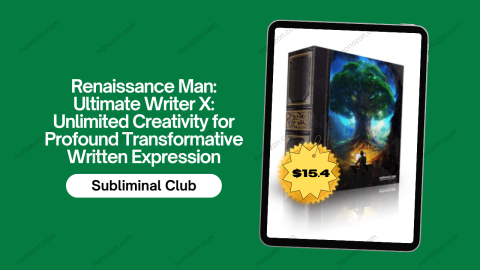
Renaissance Man: Ultimate Writer X: Unlimited Creativity for Profound Transformative Written Expression
by Subliminal Club
$34.00
$15.40

